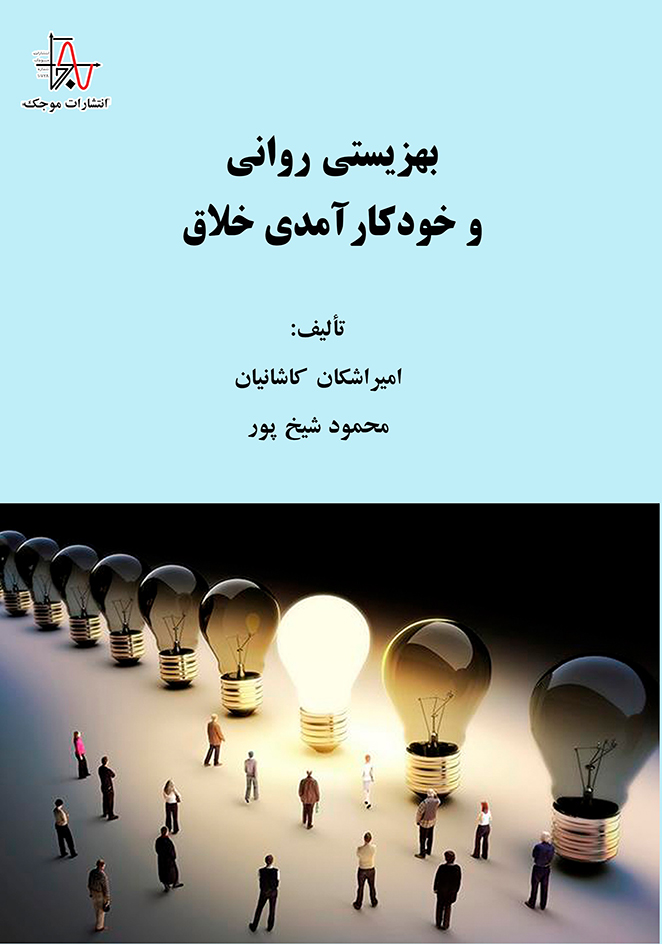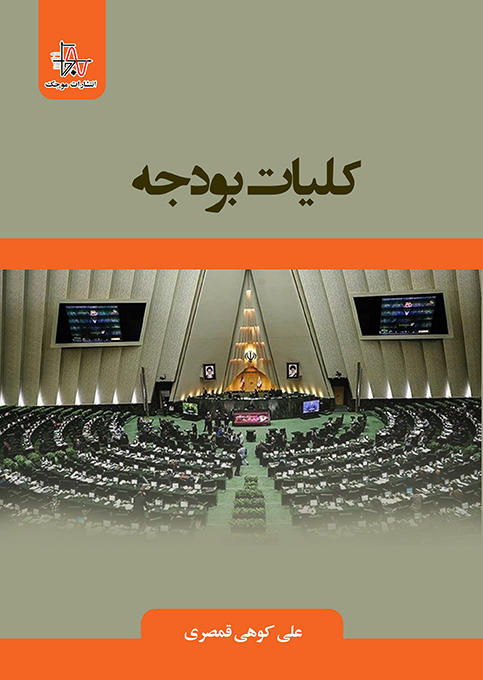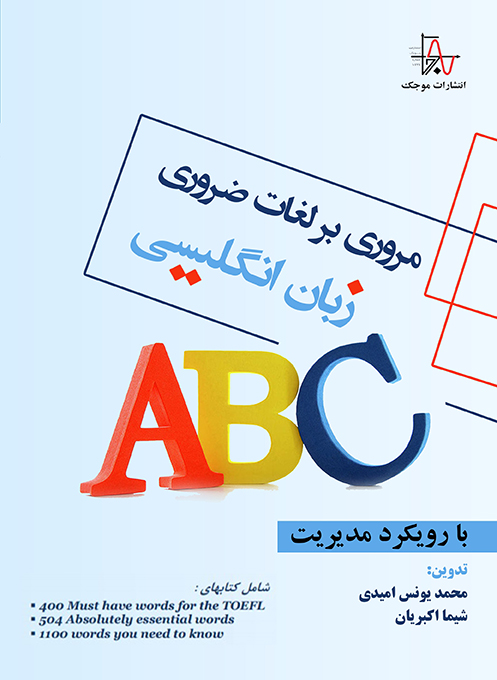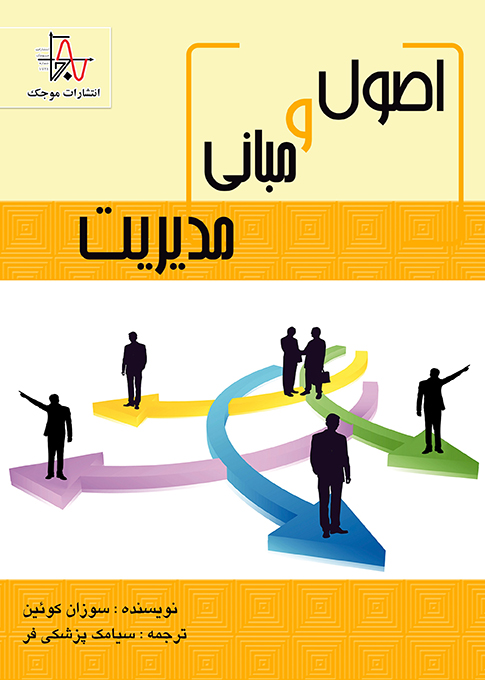ناشر : انتشارات موجک (ناشر دانشگاهی)
کد کتاب : M995
عنوان : بهزیستی روانی و خودکارآمدی خلاق
تالیف : امیراشکان کاشانیان، محمود شیخ پور
مشخصات ظاهری : ۹۲ صفحه، قطع وزیری
چاپ اول : زمستان ۱۴۰۲، تيراژ : ۵۰۰ جلد
قيمت : ۱۷۴۰۰۰۰ ريال، شابک : ۴-۶۶۲-۹۹۴-۶۰۰-۹۷۸
حقوق چاپ و نشر برای ناشر محفوظ است.
————————————————————————————————————————————————————————————————————————–
Publisher: Mojak Publications (academic publisher)
Book code: M995
Title: Psychological well-being and creative self-efficacy
Author: Amirashkan Kashanian, Mahmoud Sheikhpour
Appearance specifications: 92 pages, ministerial cut
First edition: Winter 1402, Circulation: 500 volumes
Price: 1,740,000 riyals, Shabak: 978-600-994-662-4
Copyright is reserved for the publisher.






نقد و بررسیها
هیچ دیدگاهی برای این محصول نوشته نشده است.